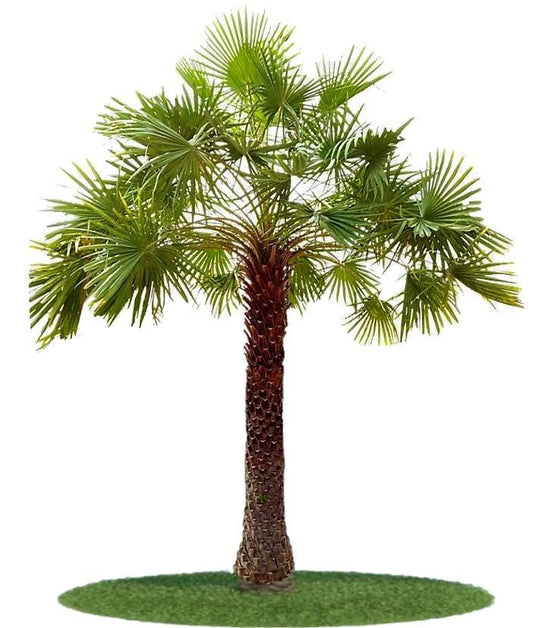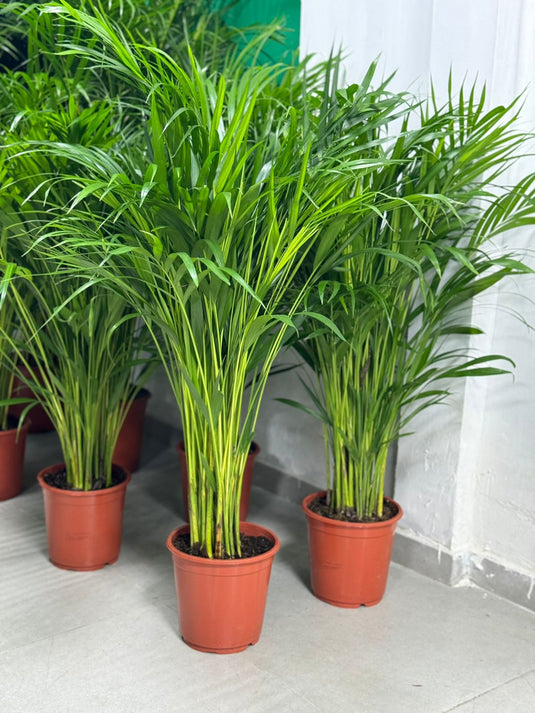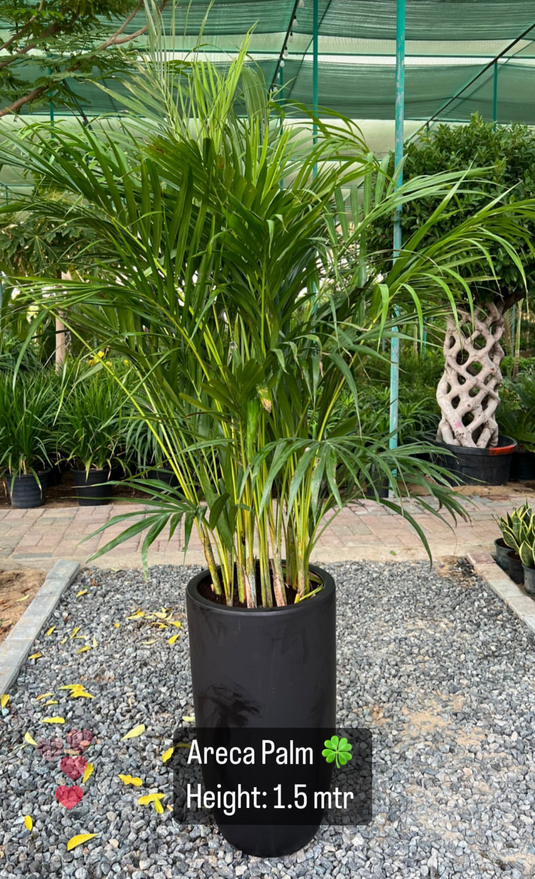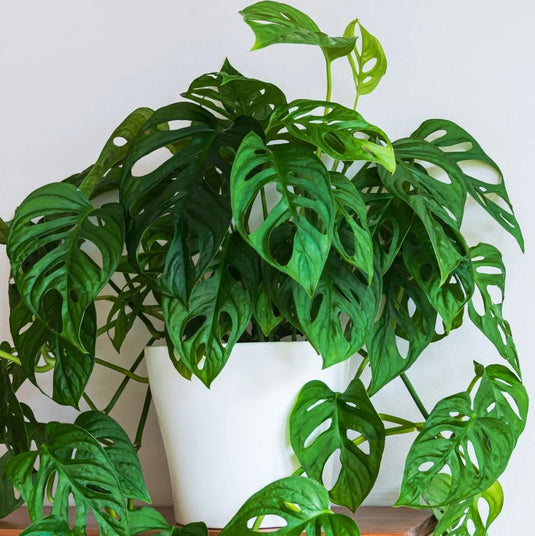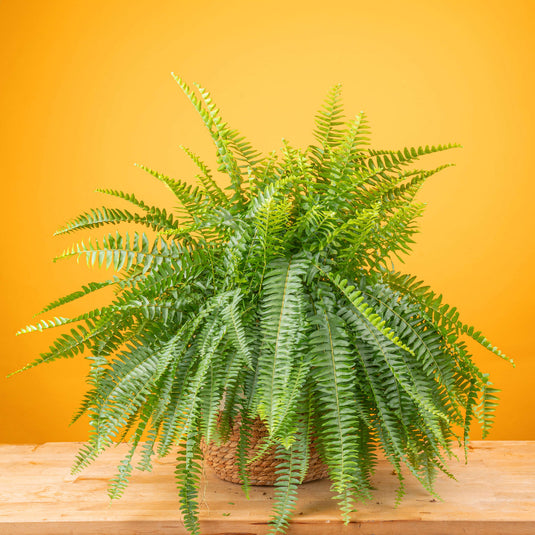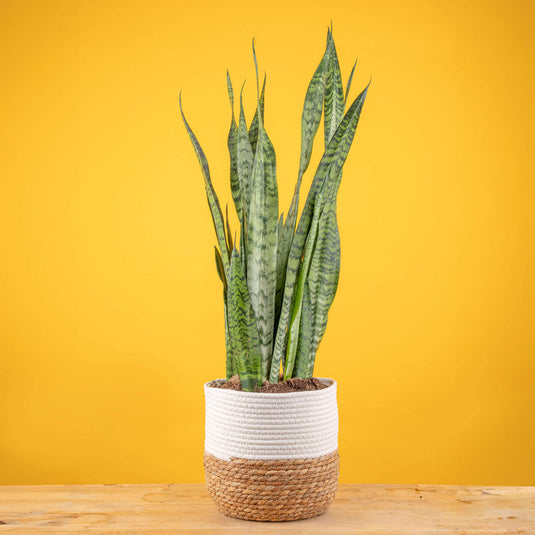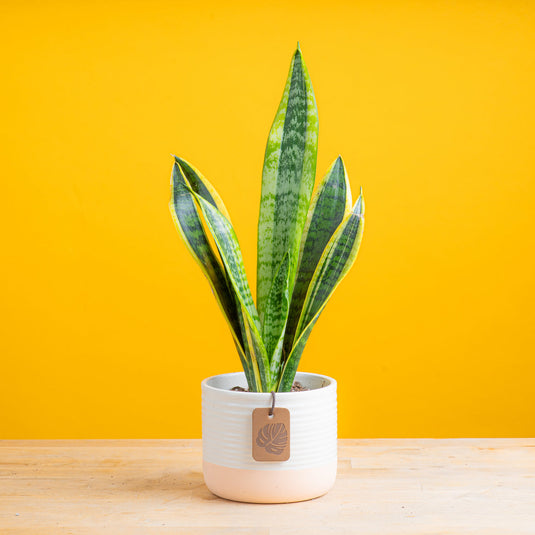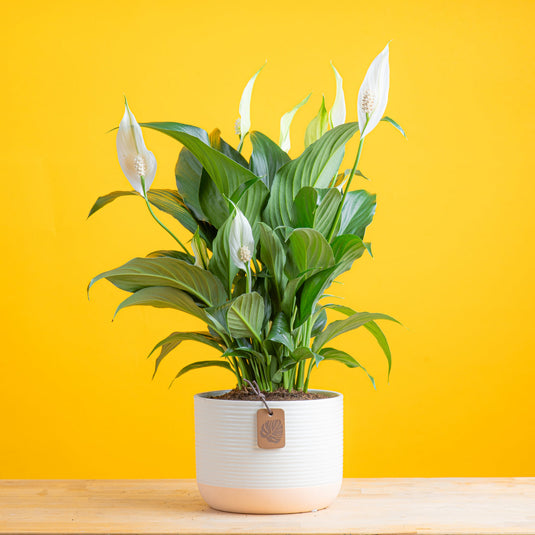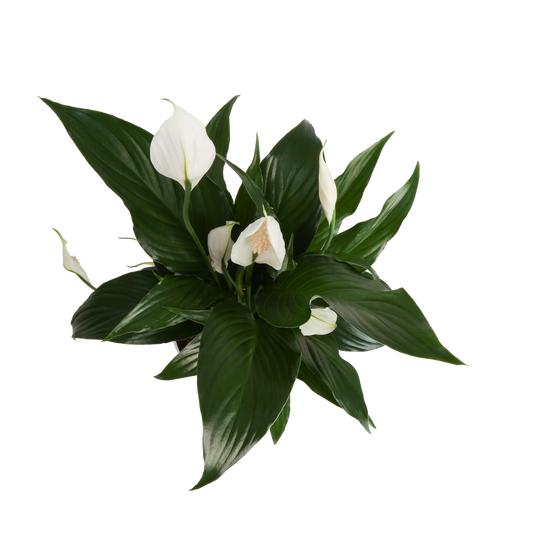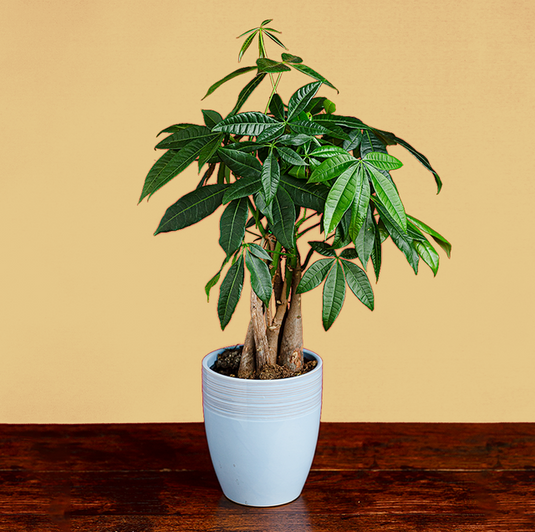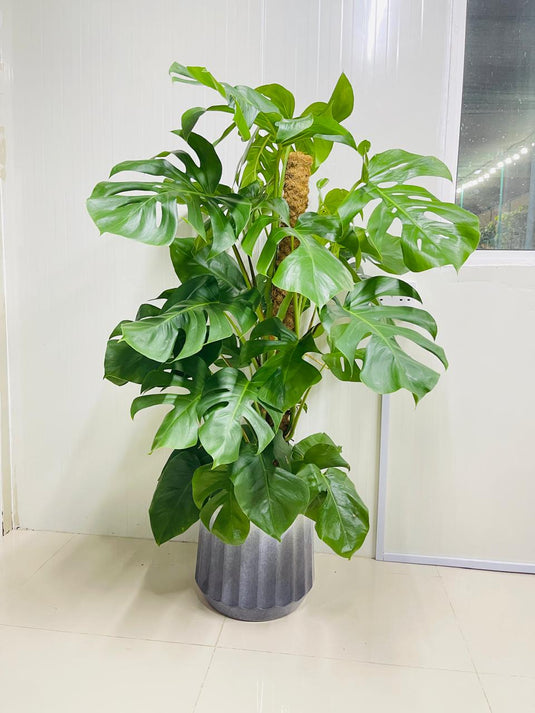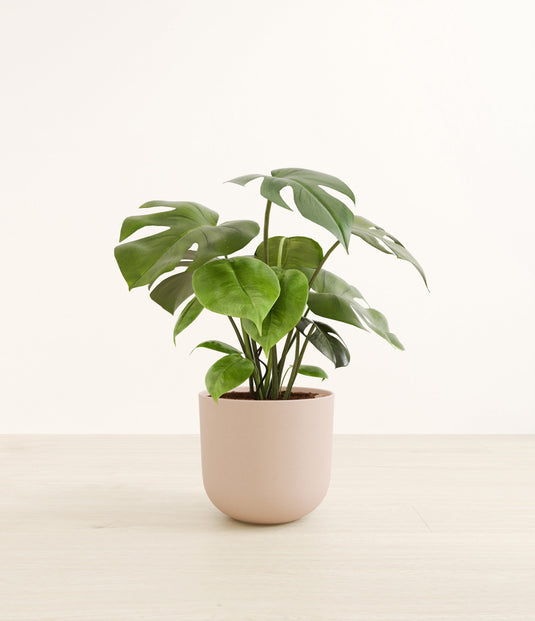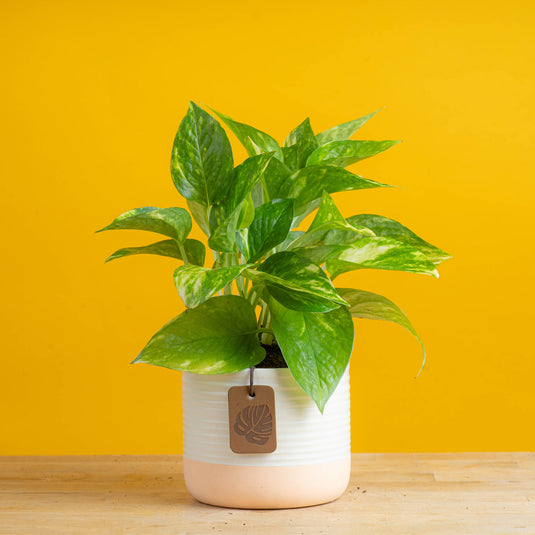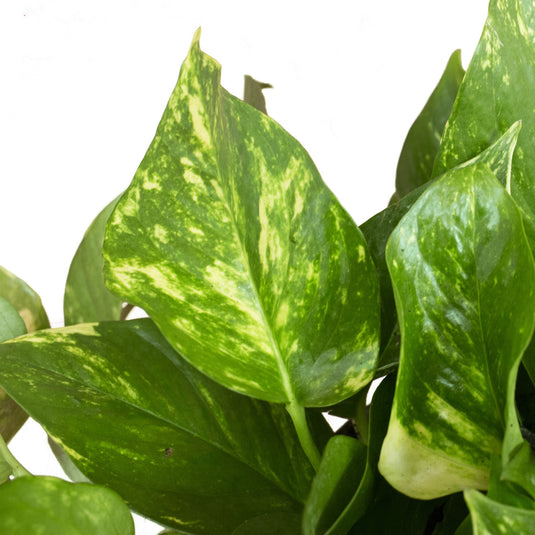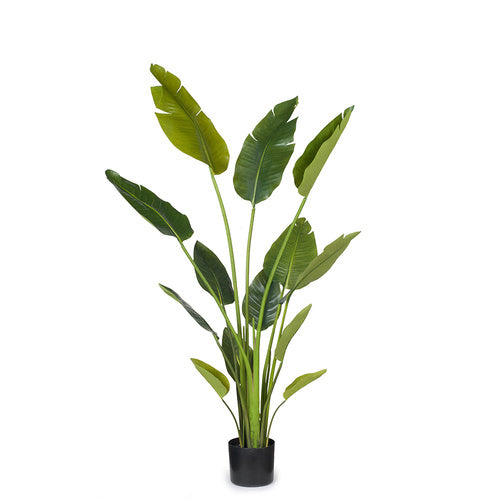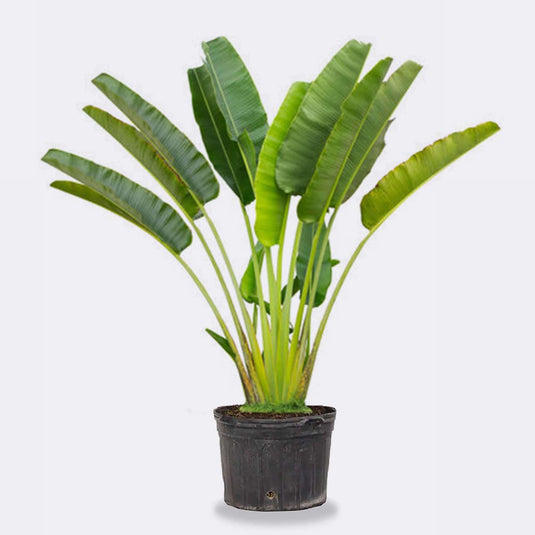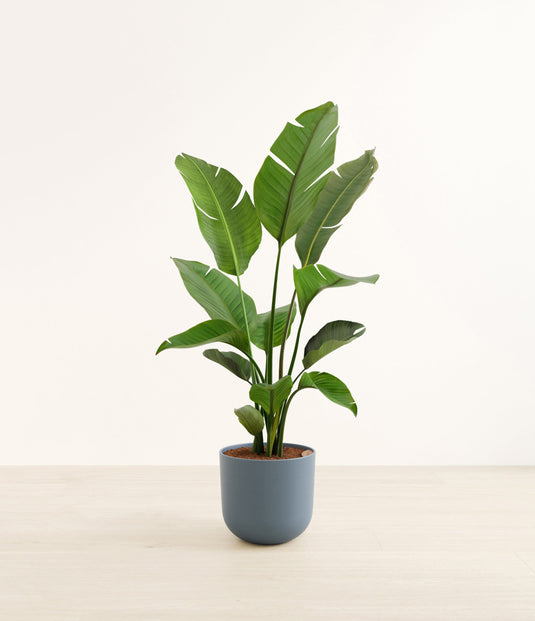Wax Palm
- Healthy Arrival Guarantee
- Free Plant Care Consultation
- Safe & Secure Payment
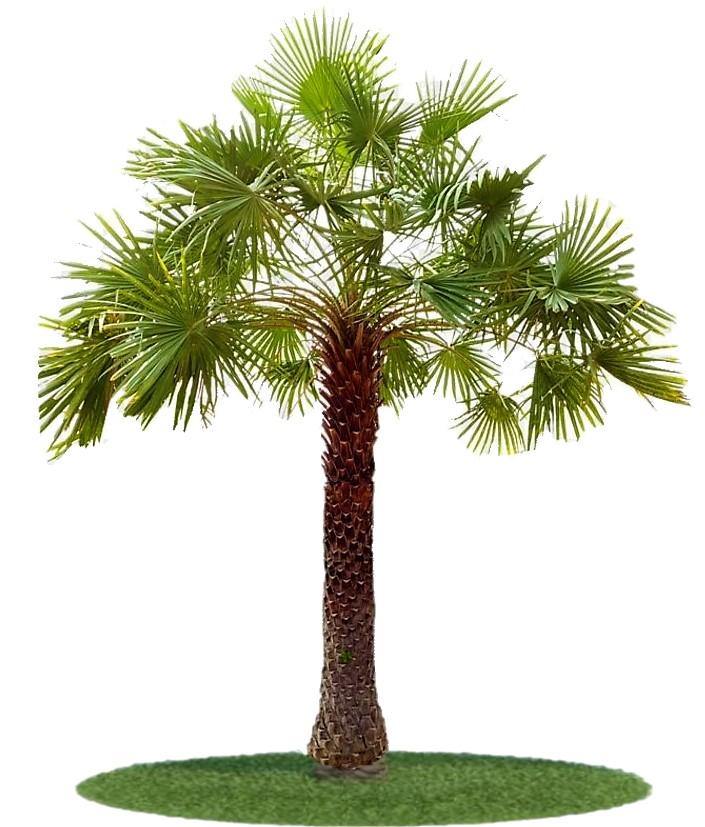
We will send you a notification as soon as this product is available again.
-
Estimated delivery: Nov 03 - Nov 07
-
Free return within 7 days of purchase.
Plant Description
The wax palm is a tall palm tree native to the Andes Mountains in Colombia. The global market for palm products, including wax from the wax palm, is expected to reach approximately $10 billion by 2030.
Discover the 5 Health Benefits of Wax Palm
1. Natural Wax Production
Wax palm is a source of natural wax, used in cosmetics and food products. Research shows that the wax has excellent emulsifying and stabilizing properties, making it a desirable ingredient (Gonzalez et al., 2021).
2. Eco-Friendly Resource
Harvesting wax from wax palms is sustainable and does not harm the trees. Studies indicate that sustainable practices can help maintain biodiversity and support local ecosystems (Martinez et al., 2022).
3. Economic Opportunities
Cultivating wax palms provides economic benefits for local communities. A report indicates that the production and sale of wax can create jobs and boost local economies, particularly in rural areas (Lopez et al., 2023).
4. Carbon Sequestration
Wax palms contribute to carbon sequestration, helping to mitigate climate change. Research has demonstrated that palm trees absorb significant amounts of CO2, enhancing environmental sustainability (Fernandez et al., 2022).
5. Ornamental Value
Wax palms are also valued for their ornamental beauty, often used in landscaping. A study found that their unique appearance can enhance aesthetic value in parks and public spaces (Zavala et al., 2021).
Disadvantages
- Wax palms thrive in specific climate conditions, which may limit their cultivation in some regions.
- Demand for wax palm products can fluctuate, influenced by consumer preferences.
- Cultivating wax palms may require ongoing maintenance to ensure healthy growth.
- There may be limited awareness of the benefits and uses of wax palm products among consumers.
Frequently Asked Questions
1. Is Wax Palm a source of natural wax?
Yes, Wax Palm produces natural wax that is used in cosmetics and food products.
2. Is harvesting wax from Wax Palm sustainable?
Yes, harvesting wax from these palms can be done sustainably without harming the trees.
3. Can cultivating Wax Palm create economic opportunities?
Yes, it can provide economic benefits and create jobs for local communities.
4. Do Wax Palms contribute to carbon sequestration?
Yes, Wax Palms absorb significant amounts of CO2, helping to mitigate climate change.
5. Are Wax Palms valued for their ornamental beauty?
Yes, they are often used in landscaping for their unique and attractive appearance.
Final Verdict: Should I Buy Wax Palm?
Yes, Investing in Wax Palm can be a positive choice for those seeking natural products that support local communities and ecosystems.
Plant Care
Watering
Water your plant once a week or when the soil starts to feel slightly dry on the surface. Keep the soil consistently moist, but be careful not to overwater, as this can cause brown spots and leaf drop. If the leaves become curly or dry, it's a sign that the plant needs water. It's best to water your plant in the early morning or late evening when the temperatures are cooler. Always check the soil before watering.
Light
Provide bright indoor light or indirect sunlight for about 6 to 8 hours a day.
Temperature
Maintain temperatures between 18°C and 24°C. Avoid exposing the plant to drafts, as these can cause undesirable temperature fluctuations. Mist the plant occasionally, about twice a week, to help maintain optimal humidity levels.
Fertilizer
Apply liquid fertiliser every 15 days when the plant is actively growing. For best results, use Folikraft ready-to-use Indoor Plant Food.
